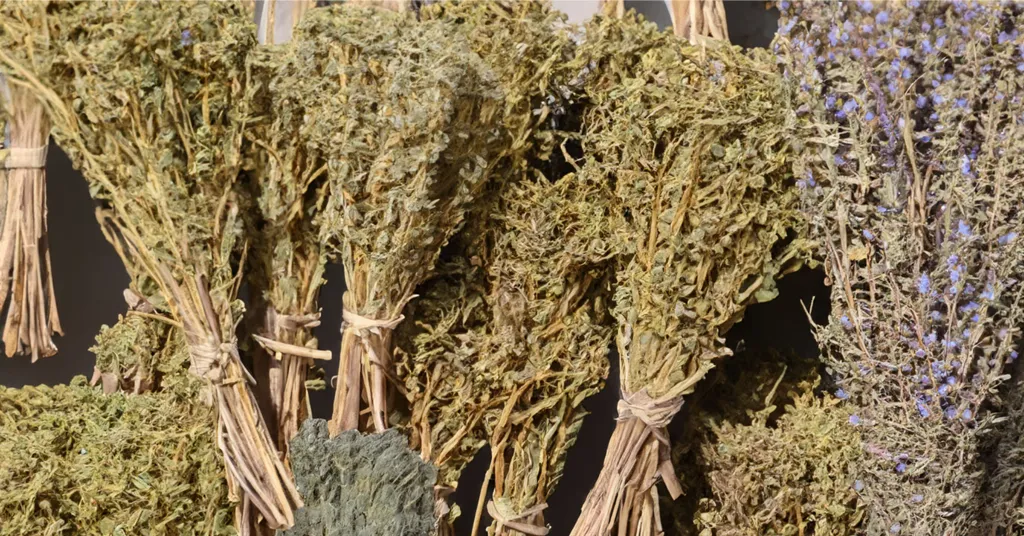Food dehydration is a centuries-old technique used to preserve food by removing moisture. This process not only extends the shelf life of food but also retains much of its flavor and nutritional value. From fruits and vegetables to meats and herbs, almost any food can be dehydrated. Let’s explore the art of food dehydration, its benefits, techniques, and common questions.
What is Food Dehydration?
Food dehydration, also known as food drying, is the process of removing moisture from food to prevent spoilage. By reducing the water content, the growth of microorganisms that cause food to spoil is inhibited, making the food last longer.
The Science Behind Food Dehydration
When food is dehydrated, water is removed from its cells through evaporation. This process slows down the enzyme action that causes food to spoil. By removing moisture, the weight of the food is reduced, making it easier to store and transport.
Benefits of Food Dehydration
- Longer Shelf Life: Dehydrated food can last much longer than fresh food, making it ideal for emergency food supplies or camping trips.
- Preservation of Nutrients: Unlike other preservation methods, dehydration retains most of the food’s original nutrients.
- Space Saving: Dehydrated food takes up less space than fresh food, making it easier to store in bulk.
- Convenience: Dehydrated foods are lightweight and easy to transport, making them ideal for outdoor activities.
Techniques of Food Dehydration

Commonly Dehydrated Foods
There are several methods for dehydrating food, including air drying, sun drying, oven drying, and using a food dehydrator. Each method has its advantages and is suitable for different types of food.
- Air Drying: This method involves placing food in a well-ventilated area until it is completely dry. It is best suited for herbs, flowers, and some fruits.
- Sun Drying: Sun drying is a traditional method that involves placing food in direct sunlight. This method is suitable for fruits, vegetables, and meats, but it requires a hot, dry climate.
- Oven Drying: Oven drying is a faster method that involves using an oven to remove moisture from food. It is suitable for fruits, vegetables, and meats, but it requires careful monitoring to prevent burning.
- Food Dehydrator: A food dehydrator is a specialized appliance that uses low heat and airflow to remove moisture from food. It is the most convenient and efficient method for home use, as it allows for precise control of temperature and airflow. Learn more about the best dehydrators.
Almost any food can be dehydrated, but some foods are more commonly dehydrated than others.
Herbs and Spices
- Basil
- Bay Leaves
- Chives
- Cilantro
- Curry Leaves
- Dill
- Garlic
- Garlic Scapes
- Gingerroot
- Lavender
- Lemongrass
- Lime Leaves
- Marjoram
- Mint
- Oregano
- Parsley
- Rosemary
- Sage
- Savory
- Tarragon
- Thyme
Fruits
- Apples
- Apricots
- Bananas
- Blueberries
- Cantaloupe
- Cherries, Sweet or Sour (Tart)
- Citrus Fruits
- Coconut
- Cranberries
- Figs
- Grapes
- Honeydew Melon
- Kiwifruit
- Mangos
- Nectarines
- Papayas
- Peaches
- Pears
- Persimmons
- Pineapple
- Plantains
- Plums
- Raspberries
- Star Fruit
- Strawberries
- Watermelon
Vegetables
- Artichoke Hears
- Asparagus
- Beans, Green and Yellow wax
- Beans, Lima
- Beets
- Broccoli
- Carrots
- Cauliflower
- Celery
- Corn
- Cucumbers, English and Field
- Dandelion Greens
- Eggplant
- Fennel
- Kale
- Leeks
- Mushrooms
- Okra
- Onions
- Parsnips
- Peas, Green
- Peppers, Bell
- Peppers, Chile
- Peppers, Paprika
- Potatoes
- Pumpkin
- Radishes
- Rhubarb
- Rutabaga
- Shallots
- Summer Squash
- Sweet Potatoes
- Tomatoes, Grape
- Tomatoes, Plum (Roma)
- Turnips
- Winter Squash
- Zucchini
Get My Free Dehydrating Guide
Preserve the flavors of your favorite fruits and vegetables with my FREE comprehensive and beginner-friendly Dehydrating Guide.
FAQs about Food Dehydration
How Long Does Dehydrated Food Last?
Dehydrated food can last for several months to several years, depending on the storage conditions. Properly stored, dehydrated food can last for up to a year or more.
Is Dehydrated Food Healthy?
Yes, dehydrated food retains most of its nutrients, making it a healthy option. However, it is important to consume a balanced diet that includes a variety of foods.
Can You Rehydrate Dehydrated Food?
Yes, dehydrated food can be rehydrated by soaking it in water or cooking it in liquid. This process restores much of the food’s original texture and flavor.
Can You Dehydrate Food Without a Dehydrator?
Yes, food can be dehydrated using alternative methods such as air drying, sun drying, or oven drying. However, a food dehydrator is the most efficient and convenient method. Here are the dehydrators that I recommend.
Join My Preserving Guide Facebook Group
Expert tips, tested recipes, and vibrant discussions on canning, dehydrating, freezing, and all things food preservation!
What Foods Should Not Be Dehydrated?
Foods with high-fat content, such as avocados and nuts, do not dehydrate well. Additionally, dairy products and eggs should not be dehydrated due to food safety concerns.
Is Dehydrated Food Expensive?
Dehydrated food can be more expensive than fresh food, but it is often more cost-effective in the long run due to its longer shelf life and reduced waste.
Food dehydration is a simple and effective way to preserve food while retaining its flavor and nutritional value.